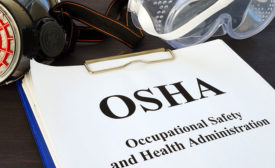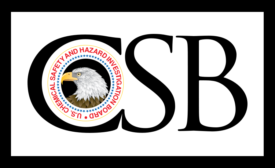Home » Keywords: » accident investigation
Items Tagged with 'accident investigation'
ARTICLES
10 safety mistakes that can cost you a legal case
Really doing due diligence
December 4, 2019
Become a Leader in Safety Culture
Build your knowledge with ISHN, covering key safety, health and industrial hygiene news, products, and trends.
JOIN TODAYCopyright ©2025. All Rights Reserved BNP Media.
Design, CMS, Hosting & Web Development :: ePublishing








